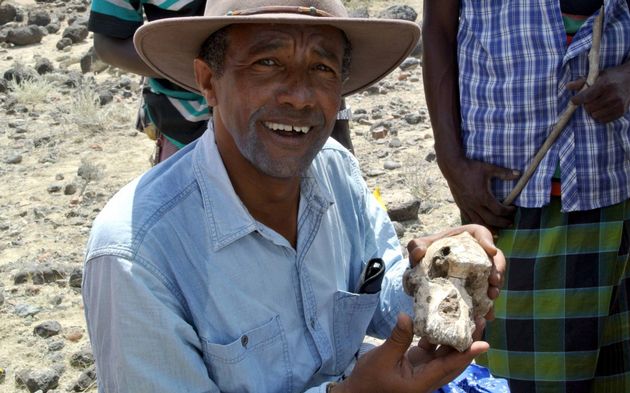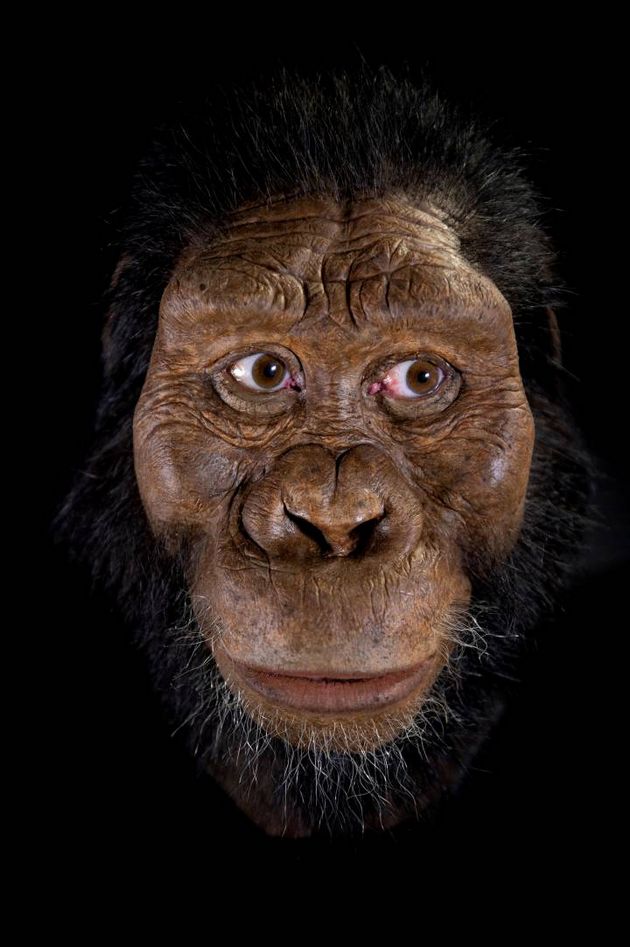
[ad_1]
A "remarkably complete" 3.8 million year old skull was discovered in Ethiopia, a discovery that could radically change the understanding of human evolution, scientists said Wednesday.
The skull, designated by the acronym "MRD", was discovered not far from where the young Lucy – the oldest ancestor of modern man – was found, which would indicate that two different species coexisted for about 100,000 years.
"This skull is one of the most complete hominid fossils dating back more than three million years," said Ethiopian Yohannes Haile-Selbadie, a renowned paleoanthropologist at the Cleveland Museum. of Natural History (Ohio, USA), of two studies published this Wednesday in the journal Nature.
"Everything seems to indicate that it will become another famous icon of human evolution", which adds to other remarkable discoveries of prominent hominids, such as the famous Toumai, "Ardi and Lucy, wrote Fred Spoor of the Museum of Natural History in London, in a commentary that accompanies the reports.
For comparison, Toumai (a sahelanthropus tchadensis), considered by many paleontologists as the first representative of the human lineage, is about 7 million years old. It was found in 2001 in Chad.
Ardi (d. Ardipithecus ramidus, another species of hominid), a female also found in Ethiopia, reportedly has 4.5 million years, and Lucy, the famous Australopithecus, discovered in 1974 in Africa, about 3.2 million years old.

"Put a face on a name"
Other lesser known Australopithecus fossils date back at least 3.9 million years, but only jaws and teeth were found. Without an "old" skull, the understanding of the evolution of these extinct hominids remained very partial.
Discovered in February 2016 on the site of Woranso-Mille, in the Afar region of Ethiopia (55 km from Lucy's discovery place), this new MRD fossil belongs to one of the first Australopithecus, the anamensis .
"We believe that A. Anamensis (MRD) has gradually become A. afarensis (Lucy)," says Stephanie Melillo, of the Max Planck Institute for Evolutionary Anthropology in Germany, co-author of two works.
But this last discovery resumes the hypothesis that these two species would have crossed in the Afar savannah for about 100,000 years.
"This changes our understanding of the evolutionary process and raises new questions: did they compete for food or living space?", Asks Melillo.

Although very small, the skull would be an adult, a man a priori. Facial reconstructions made from fossil features show a hominid with prominent cheekbones and jaw, a flat nose and a narrow forehead.
"It's good to finally put a face on a name," says the paleoanthropologist enthusiastically.
To the surprise of the researchers, this skull appears to be a mixture of the characteristics of sahelanthropus, such as Toumai, with those of Ardipithecus, such as Ardi, but also other more "recent" species.
.
[ad_2]
Source link
 Naaju Breaking News, Live Updates, Latest Headlines, Viral News, Top Stories, Trending Topics, Videos
Naaju Breaking News, Live Updates, Latest Headlines, Viral News, Top Stories, Trending Topics, Videos